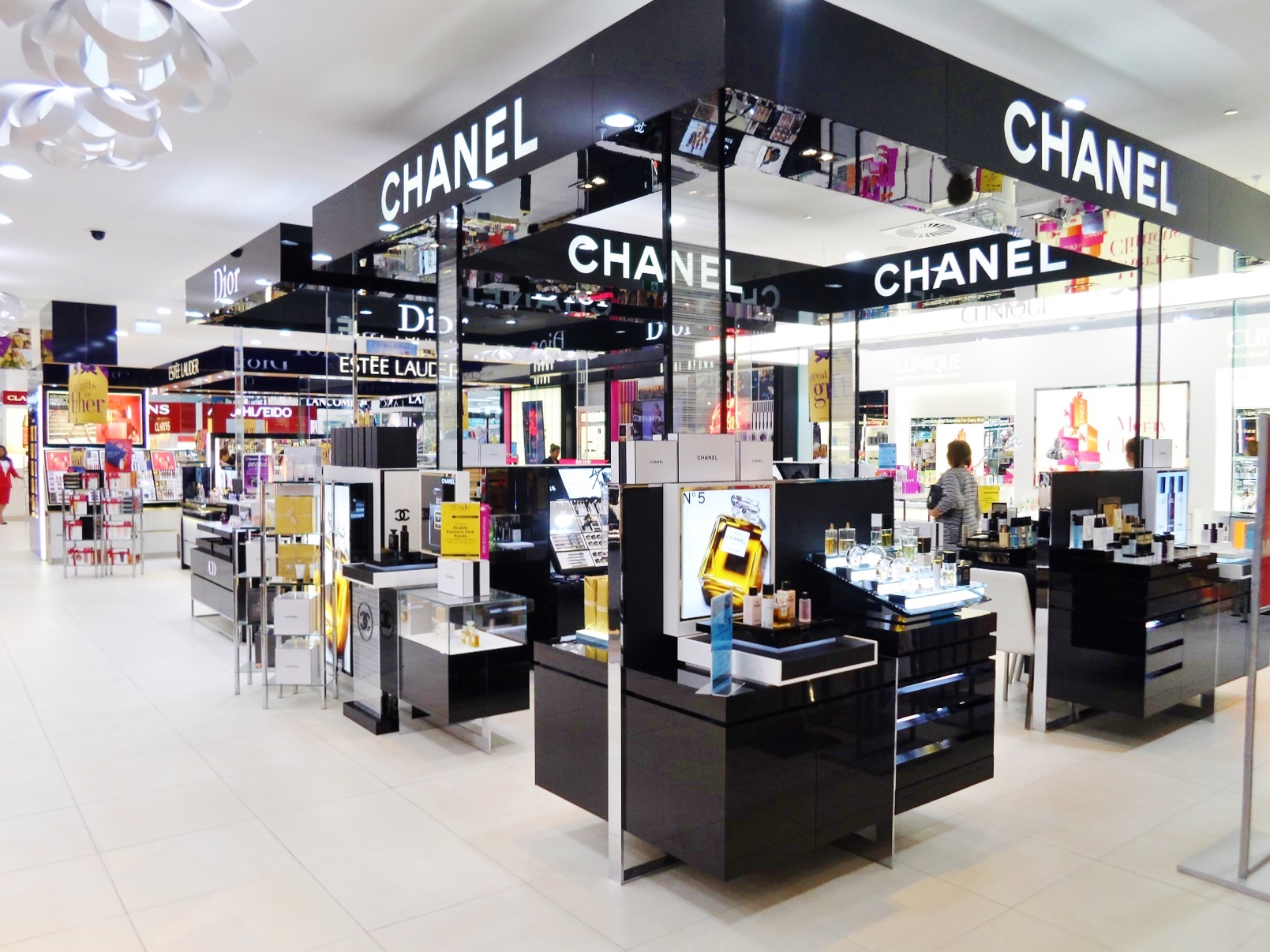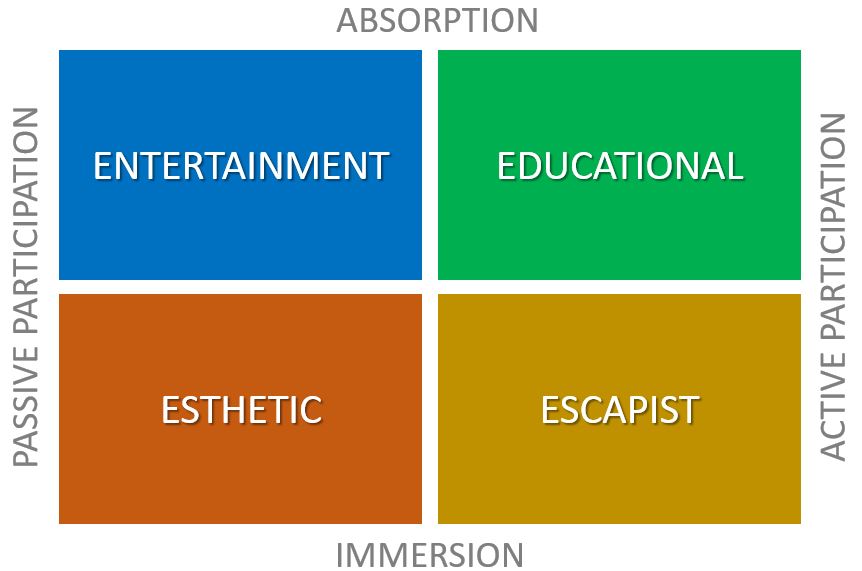|
Facing (retail)
In the retail industry, facing (also known as blocking, zoning or levelling) is the practice of pulling products forward to the front of the display or shelf on which they are placed, typically with the items' labels facing forward. This is done to keep a store appearing neat and organized, and can help create the illusion of a perfectly stocked store. The workers who perform this task normally have jobs doing other things in the store such as customer service, stocking shelves, daytime cleaning, bagging and carry outs (in grocery stores), etc. In some stores, however, facing is done only by the stockers. Facing is generally done near closing time when there are fewer customers and also while the store is completely closed. In busier stores it may be done constantly. In department stores it may be referred to as recovery, as in the store is recovering from the rush of customers that affect the model appearance the store wants to portray. Merchandise may be put in the wrong area, ... [...More Info...] [...Related Items...] OR: [Wikipedia] [Google] [Baidu] |
Retail Industry
Retail is the sale of goods and services to consumers, in contrast to wholesaling, which is sale to business or institutional customers. A retailer purchases goods in large quantities from manufacturers, directly or through a wholesaler, and then sells in smaller quantities to consumers for a profit. Retailers are the final link in the supply chain from producers to consumers. Retail markets and shops have a very ancient history, dating back to antiquity. Some of the earliest retailers were itinerant peddlers. Over the centuries, retail shops were transformed from little more than "rude booths" to the sophisticated shopping malls of the modern era. In the digital age, an increasing number of retailers are seeking to reach broader markets by selling through multiple channels, including both bricks and mortar and online retailing. Digital technologies are also affecting the way that consumers pay for goods and services. Retailing support services may also include the provision ... [...More Info...] [...Related Items...] OR: [Wikipedia] [Google] [Baidu] |
Department Store
A department store is a retail establishment offering a wide range of consumer goods in different areas of the store, each area ("department") specializing in a product category. In modern major cities, the department store made a dramatic appearance in the middle of the 19th century, and permanently reshaped shopping habits, and the definition of service and luxury. Similar developments were under way in London (with Whiteleys), in Paris ( Le Bon Marché) and in New York ( Stewart's). Today, departments often include the following: clothing, cosmetics, do it yourself, furniture, gardening, hardware, home appliances, houseware, paint, sporting goods, toiletries, and toys. Additionally, other lines of products such as food, books, jewellery, electronics, stationery, photographic equipment, baby products, and products for pets are sometimes included. Customers generally check out near the front of the store in discount department stores, while high-end traditional department st ... [...More Info...] [...Related Items...] OR: [Wikipedia] [Google] [Baidu] |
Sisyphean
In Greek mythology, Sisyphus or Sisyphos (; Ancient Greek: Σίσυφος ''Sísyphos'') was the founder and king of Ephyra (now known as Corinth). Hades punished him for cheating death twice by forcing him to roll an immense boulder up a hill only for it to roll down every time it neared the top, repeating this action for eternity. Through the classical influence on modern culture, tasks that are both laborious and futile are therefore described as Sisyphean (). Etymology R. S. P. Beekes has suggested a pre-Greek origin and a connection with the root of the word ' (σοφός, "wise"). German mythographer Otto Gruppe thought that the name derived from ' (σίσυς, "a goat's skin"), in reference to a rain-charm in which goats' skins were used. Family Sisyphus was formerly a Thessalian prince as the son of King Aeolus of Aeolia and Enarete, daughter of Deimachus. He was the brother of Athamas, Salmoneus, Cretheus, Perieres, Deioneus, Magnes, Calyce, Canace, Alcyone, ... [...More Info...] [...Related Items...] OR: [Wikipedia] [Google] [Baidu] |
Go-backs
The Go-Backs are a tribe of elves in the comic series Elfquest. They named themselves from their goal to return to the Palace of the High Ones. They are hunters (probably gatherers, too) and, above all, warriors. Most of them care neither for the past nor for the future. They are the only known tribe that scorns magic - especially healing magic, since knowing that a healer is around makes warriors 'soft'. Their most notable tradition is dancing for their death. In the series ''Kahvi'' it is revealed that the Go-Backs were originally a splinter group of the Wolfriders, who had lost their wolf blood "because of Willowgreen's trickery." What exactly that looked like, or how exactly the Go-Backs became stag-riders and searchers for the palace, are yet untold stories. (A prose story about the healer Willowgreen and her "trickery" was to appear in the book "Hunter's Dawn" in the mid-1990s, but that volume was repeatedly delayed, then canceled.) When the Go-Backs tried to return t ... [...More Info...] [...Related Items...] OR: [Wikipedia] [Google] [Baidu] |
Visual Merchandising
Visual Merchandising is the practice in the retail industry of optimizing the presentation of products and services to better highlight their features and benefits. The purpose of such visual merchandising is to attract, engage, and motivate the customer towards making a purchase. Visual merchandising traditionally occurs in brick and mortar stores using a blend of lighting, color combinations, and articles of decor to stimulate an observer and generate interest. History When giant 19th century dry goods establishments like Marshall Field & Co. shifted their business from wholesale to retail, the visual display of goods became necessary to attract consumers. Store windows were often used to attractively display the store's merchandise. Over time, the design aesthetic used in window displays moved indoors and became part of the overall interior store design, eventually reducing the use of display windows in many suburban malls. In the 20th century, well-known artists such as Sal ... [...More Info...] [...Related Items...] OR: [Wikipedia] [Google] [Baidu] |
Customer Experience
Customer experience (CX) is a totality of cognitive, affective, sensory, and behavioral consumer responses during all stages of the consumption process including pre-purchase, consumption, and post-purchase stages. Pine and Gilmore described the experience economy as the next level after commodities, goods, and services with memorable events as the final business product. Four realms of experience include esthetic, escapist, entertainment, and educational components. Different dimensions of customer experience include senses, emotions, feelings, perceptions, cognitive evaluations, involvement, memories, as well as spiritual components, and behavioral intentions. The pre-consumption anticipation experience can be described as the amount of pleasure or displeasure received from savoring future events, while the remembered experience is related to a recollection of memories about previous events and experiences of a product or service. Definitions Forbes describes the customer exp ... [...More Info...] [...Related Items...] OR: [Wikipedia] [Google] [Baidu] |



